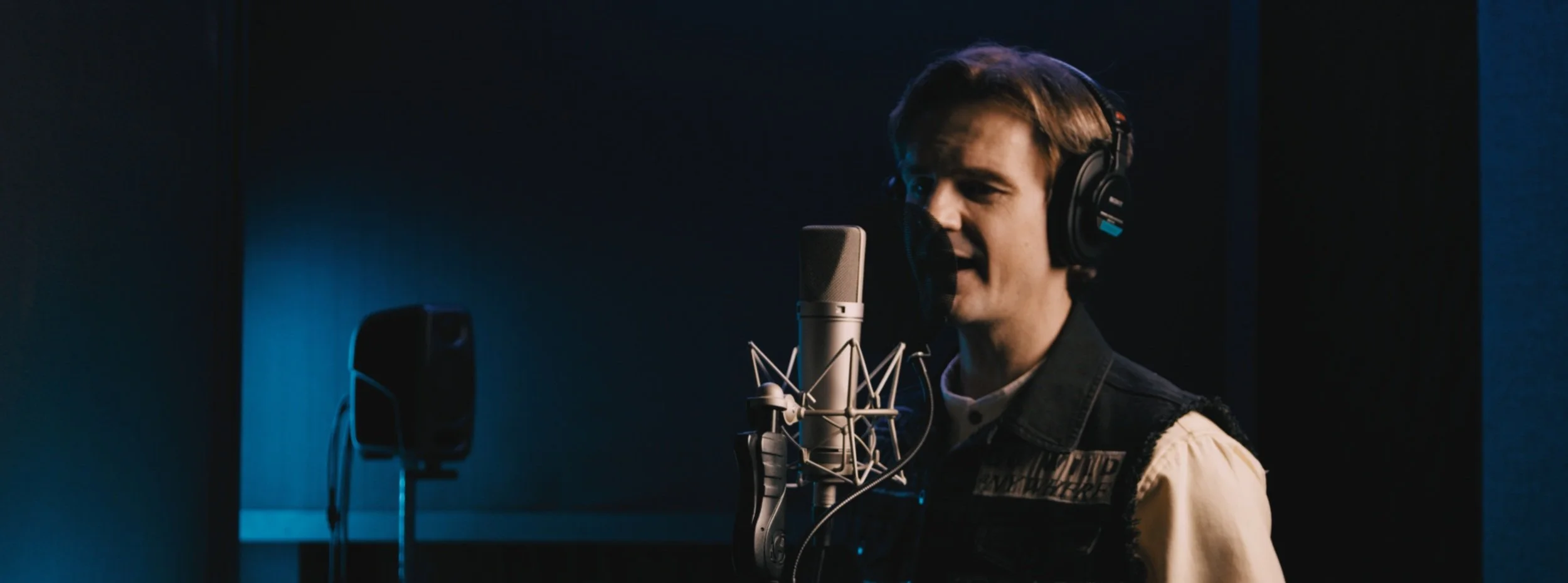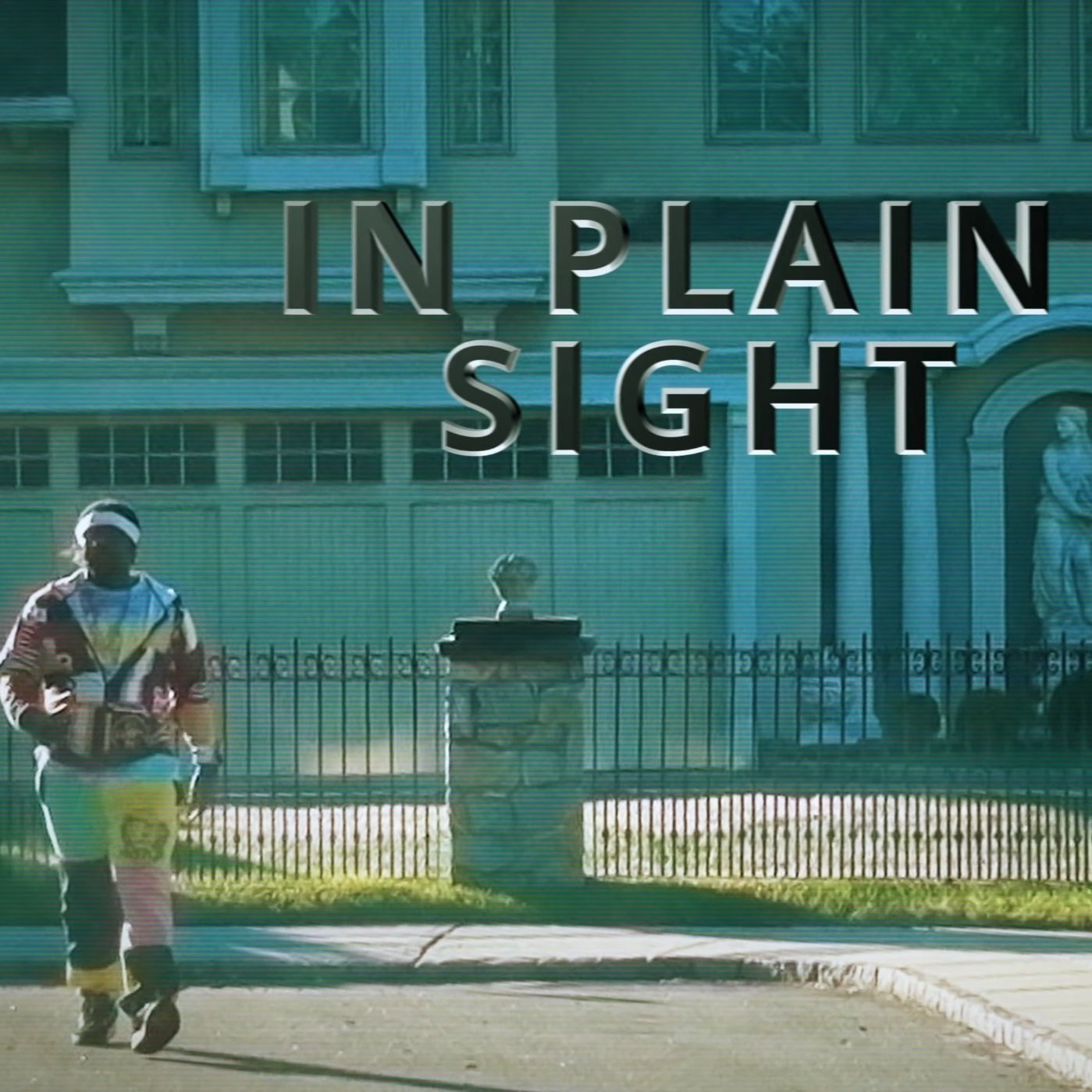Recording Studio in Newark, NJ.
Recording room is optimized for vocals and guitars. It is built with sounds absorption panels in walls and ceiling.
Cost for recordings is $90 per hour.
First hour for new clients is free.
Minimum recording session is 2 hours.
Each hour is 45 minutes recording + 15 minutes setup/break/cleanup.
Equipment for recording:
Neumann U87 Ai Condenser Microphone
Universal Audio Apollo x8 (DAW with all UAD plugins)
Universal Audio LA-610 Mk-II Tube Channel Strip
Software for recording: Logic Pro X (or UAD LUNA)
The room also can be used for audio monitoring/mixing.
Examples of recordings for which vocals and some instruments were recorded in the studio:
Frequently Asked Questions (FAQ):
What are the steps required to make a high-quality music recording?
Pre-Production: This is the planning phase where you decide on the song, the arrangement, the musicians, and the sound you're aiming for. This might involve creating a demo recording to work from.
Setting Up the Recording Environment: You need a quiet, acoustically treated space to record in. Some time is required to set up microphones, headphones, and other recording equipment.
Recording: This is where you actually lay down the tracks. You might record each instrument separately, or record a live performance with everyone playing together. It's common to do multiple takes and choose the best one.
Overdubbing: This is the process of recording additional parts or vocals over the top of the original recording. This can be used to add depth and complexity to the recording.
Editing: Once all the parts are recorded, you'll need to edit them together. This might involve cutting and pasting parts, fixing mistakes, or adjusting the timing of certain parts.
Mixing: This is where you balance the levels of the different instruments and vocals, adjust the panning (which determines where in the stereo field each sound is located), add effects like reverb and delay, and generally make sure everything sounds good together.
Mastering: This is the final step in the process. The goal of mastering is to ensure that the recording sounds the best it can on all different kinds of speakers and headphones. This might involve adjusting the overall volume, EQ, and dynamics of the recording.
Distribution: Once the recording is finished, it needs to be distributed. This could involve pressing CDs or vinyl, or uploading the recording to digital platforms like Spotify and iTunes.
Promotion: This involves getting the word out about your recording. This could involve social media promotion, radio play, live performances, and more.
Evaluation: After the recording is released, it's important to evaluate how it was received and what you can learn from the process for next time. This could involve looking at sales numbers, streaming statistics, or feedback from fans and critics.
Remember, each of these steps requires a different set of skills and expertise, and it's common for different people to be involved in different parts of the process.
What is Comuvia audio recording studio in Newark NJ optimized for?
The studio is optimized for vocals and acoustic instruments recording. If you need to record wired instruments (like electric guitars and keyboards), is makes more sense to buy high quality audio interface with good line input, and record at home. We recommend Universal Audio Apollo interfaces. We can give access to our UAD account if you need to have access to UAD plugins for multitrack audio processing.
We usually record each track separately. The studio is not optimized to record acoustic drums.
Our hourly rate includes audio recording, simple arrangement, pre-mixing and pre-mastering.
We outsource final mixing and mastering but can help with the process to produce final high-quality recording.
How do you choose the right microphone for recording?
The choice of microphone depends on what you're recording. For vocals, large diaphragm condenser microphones are often used (we use industry standard - Neumann U87 Ai Condenser Microphone). For instruments, you might use a small diaphragm condenser or a dynamic microphone.
What is a Digital Audio Workstation (DAW) and which to use?
A DAW is a software application used for recording, editing, and producing audio files. Popular DAWs include Pro Tools, Logic Pro, Ableton Live, and FL Studio. We use Logic Pro.
How to setup recording space to get the best sound?
The acoustics of the recording space are crucial. You'll want to minimize background noise and echo. This can be done by using soundproofing materials and by positioning your microphones and instruments properly. The studio is designed to achieve sound isolation (to eliminate noise) and absorption (to eliminate sound reflections).
How do I mix and master my recordings?
Mixing involves balancing the levels of the different tracks in your recording, adding effects, and making sure everything sounds cohesive. Mastering is the final step, where the track is polished and prepared for distribution.
How can I distribute my music once it's recorded?
There are many online platforms for distributing music, including Spotify, Apple Music, and Bandcamp. You may also consider working with a music distribution company. We can make recommendations on how to setup it easily.






